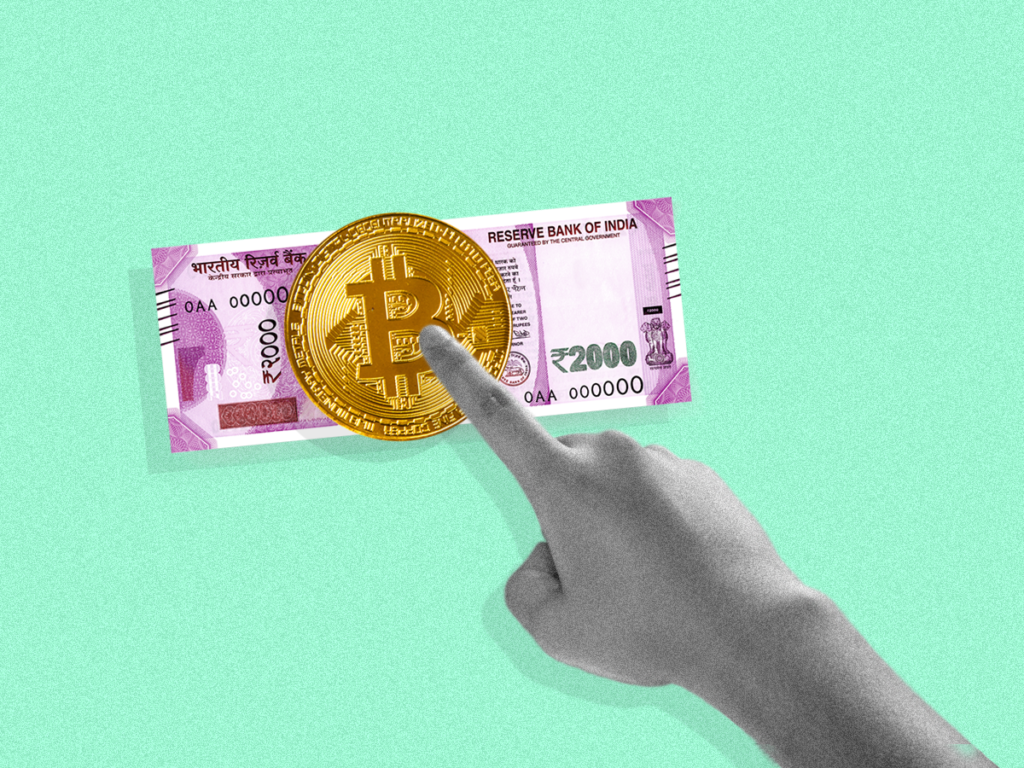Voucher System ahead of Digital Currency | Best NDA Coaching in Lucknow
Voucher system ahead of digital currency

TAKING THE first step towards having a digital currency in the country, Prime Minister Narendra Modi will launch an electronic voucher-based digital payment system, e RUPI, on Monday. The platform, developed by the National Payments Corporation of India (NPCI), Department of Financial Services, Ministry of Health and Family Welfare and the National Health Authority, will be a person-specific and purpose-specific payments system.
How will e-RUPI work?
e-RUPI is a cashless and contactless digital payments medium, which will be delivered to mobile phones of beneficiaries in form of an SMS string or a QR code. This will essentially be like a prepaid gift voucher that will be redeemable at specific accepting centres without any credit or debit card, a mobile app or Internet banking, e-RUPI will connect the sponsors of the services with the beneficiaries and service providers digitally, without any physical interface.
The system, built by NPCI on its UPI platform, has onboarded banks that will be the issuing entities. Any corporate or government agency will have to approach the partner banks, which are both private and public sector, with details of individuals and the purpose for which payments have to be made. The beneficiaries will be identified using their mobile number, a voucher allocated by a bank to the service provider in any individual’s name will only be delivered to that individual.
Where will it be used?
According to the government, e-RUPI is expected to ensure a leak-proof delivery of welfare services. It can also be used for delivering services under schemes meant for providing drugs and nutritional support under mother- and child welfare schemes, TB eradication programmes, drugs & diagnostics under schemes like Ayushman Bharat PradhanMantri Jan Arogya Yojana, fertiliser subsidies etc. The government said even the private sector can leverage these digital vouchers as part of their employee welfare and corporate social responsibility programmes.
How is it different from a digital currency?
In effect, e-RUPI is still backed by the existing Indian rupee. The underlying asset and specificity of its purpose makes it different from a virtual currency and puts it closer to a voucher-based payment system. The government is already working on developing a central bank digital currency, and reasons why digital currencies are expected the launch of e-RUPI could potentially high- to do well in India: One, there is increasing light gaps in the infrastructure that will be necessary for digital payments.
What are these plans?
The Reserve Bank of India had recently said it has been working towards a phased implementation strategy for a central bank digital currency (CBDC), A CBDC generally takes a digital form of the nation’s existing fiat currency. Speaking at a webinar on July 23, RBI Deputy Governor T Rabi Sankar said that CBDCs are desirable not just for the benefits they create in payments systems, but also might be necessary to protect the general public in an environment of volatile private VCS.
While RBI Governor Shaktikant Das had flagged concerns over cryptocurrencies in the past, there seems to be a change of mood now in favour of CBDCs on Mint Street. Although a CBDC is conceptually similar to currency notes, its introduction would involve changes to the enabling legal framework since the current provisions are primarily synced for paper currency.
Does India have an appetite for Digital Currency?
According to the RBI, there are at least four reasons why digital currencies are expected to do well in India.
One, there is increasing penetration of digital payments that exist alongside sustained interest in cash usage, especially for small value transactions.
Two, India’s high currency-to-GDP ratio, according to the RBI, “holds out another benefit of CBDCS
Three, the spread of private virtual currencies such as Bitcoin and Ethereum is another reason. As Christine Lagarde, President of the ECB has mentioned in the BIS Annual Report”… central banks have a duty to safeguard people’s trust in our money. Central banks must complement their domestic efforts with close cooperation to guide the exploration of central bank digital currencies to identify reliable principles and encourage innovation”.
Four, CBDCs might also cushion the general public in an environment of volatile private VCs
Are there global examples of a voucher-based welfare system?
In the US, there is the system of education vouchers or school vouchers, which is a certificate of government funding for selected students. These are essentially subsidies given directly to parents of students for the specific purpose of education. The school vouchers tem has also been used in countries such as Colombia, Chile, Sweden, Hong Kong etc.
